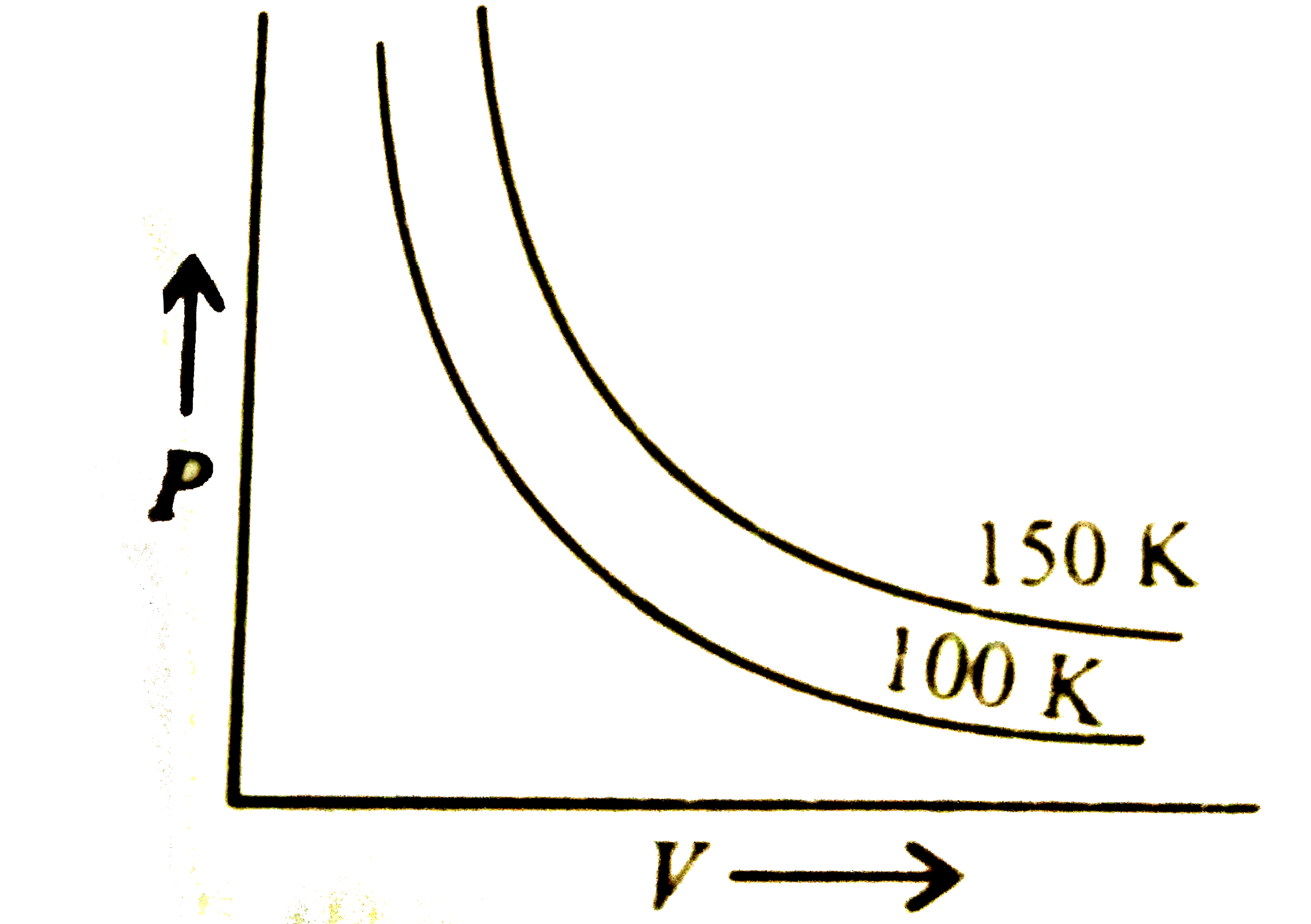How much should the pressure be increased in order to decrease the volume of a gas 5% at a constant temprature ?
0.05
0.0526
0.1
0.0426
To solve the problem of how much the pressure should be increased to decrease the volume of a gas by 5% at constant temperature, we can follow these steps:
Step 1: Understand the Ideal Gas Law
The Ideal Gas Law is given by the equation:
PV=nRT
Where:
- P = pressure
- V = volume
- n = number of moles of gas (constant)
- R = universal gas constant (constant)
- T = temperature (constant)
Since the temperature is constant and the number of moles of gas does not change, we can say that the product PV remains constant.
Step 2: Set Up the Initial and Final Conditions
Let:
- P1 = initial pressure
- V1 = initial volume
- P2 = final pressure
- V2 = final volume
According to the problem, the volume decreases by 5%. Therefore:
V2=V1−0.05V1=0.95V1
Step 3: Apply the Ideal Gas Law
Using the relationship P1V1=P2V2, we can substitute for V2:
P1V1=P2(0.95V1)
Step 4: Cancel Out the Volume
Since V1 is common on both sides, we can cancel it out:
P1=0.95P2
Step 5: Solve for Final Pressure
Rearranging the equation gives:
P2=P10.95
Step 6: Calculate the Change in Pressure
Now, we need to find the change in pressure (ΔP):
ΔP=P2−P1
Substituting P2 from the previous step:
ΔP=(P10.95)−P1
Step 7: Simplify the Expression
To simplify:
ΔP=P10.95−0.95P10.95
ΔP=P1−0.95P10.95
ΔP=0.05P10.95
Step 8: Calculate the Fractional Increase in Pressure
Now, we can express the change in pressure as a fraction of the initial pressure:
ΔP=0.050.95P1
Calculating this gives:
ΔP≈0.0526P1
Conclusion
Thus, the pressure should be increased by approximately 5.26% of the initial pressure to decrease the volume of the gas by 5% at constant temperature.
---
The Ideal Gas Law is given by the equation:
PV=nRT
Where:
- P = pressure
- V = volume
- n = number of moles of gas (constant)
- R = universal gas constant (constant)
- T = temperature (constant)
Let:
- P1 = initial pressure
- V1 = initial volume
- P2 = final pressure
- V2 = final volume
V2=V1−0.05V1=0.95V1
Using the relationship P1V1=P2V2, we can substitute for V2:
P1V1=P2(0.95V1)
Since V1 is common on both sides, we can cancel it out:
P1=0.95P2
Rearranging the equation gives:
P2=P10.95
Now, we need to find the change in pressure (ΔP):
ΔP=P2−P1
Substituting P2 from the previous step:
ΔP=(P10.95)−P1
To simplify:
ΔP=P10.95−0.95P10.95
ΔP=P1−0.95P10.95
ΔP=0.05P10.95
Now, we can express the change in pressure as a fraction of the initial pressure:
ΔP=0.050.95P1
Calculating this gives:
ΔP≈0.0526P1
Thus, the pressure should be increased by approximately 5.26% of the initial pressure to decrease the volume of the gas by 5% at constant temperature.
Topper's Solved these Questions
- STATES OF MATTERBOOK - AAKASH INSTITUTE ENGLISHCHAPTER - STATES OF MATTEREXERCISE - ASSIGNMENT (SECTION-B)
34 Videos
- STATES OF MATTERBOOK - AAKASH INSTITUTE ENGLISHCHAPTER - STATES OF MATTEREXERCISE - ASSIGNMENT (SECTION-C)
29 Videos
- STATES OF MATTERBOOK - AAKASH INSTITUTE ENGLISHCHAPTER - STATES OF MATTEREXERCISE - TRY YOURSELF
34 Videos
- SOME BASIC CONCEPTS OF CHEMISTRY BOOK - AAKASH INSTITUTE ENGLISHCHAPTER - SOME BASIC CONCEPTS OF CHEMISTRY EXERCISE - ASSIGNMENT SECTION J (Aakash Challenges Questions)
10 Videos
- STRUCTURE OF ATOMBOOK - AAKASH INSTITUTE ENGLISHCHAPTER - STRUCTURE OF ATOMEXERCISE - ASSIGNMENT (SECTION -D) Assertion-Reason Type Questions
15 Videos
Similar Questions
What should be the percentage increase in pressure for a 5% decrease in volume of gas at constant temperature ?
View SolutionBy what percentage should the pressure of a given mass of a gas be increased so as to decrease its volume by 10% at a constant temperature?
View SolutionA gas occupies a volume of 2.5L at 9×105Nm−2. Calculate the additional pressure required to decrease the volume of the gas to 1.5L, Keeping temperature constant.
View SolutionAt a constant temperature what should be the percentage increase in pressure for a 10% decrease in the volume of gas ?
(a)11%
(b)20%
(c)5%
(d)50%
View SolutionIf we consider the pressure and volume of a gas at a specific temperature we find that the increase in pressure leads to decrease in volume and if the pressure is reduced, the volume will increase. Thus, the pressure and volume of a gas at a given temperature are not in direct variation.
View SolutionConsider the following statements :
The mean free path of gas molecules
I. decreases with increase in concentration
II. increases with decrease in pressure at constant temperature
III. decreases with increase in molecular size
Which of the above statements are correct?
View SolutionBy how much should 59.71 be decreased to get 34.58?
View SolutionAt constant pressure, the ratio of increases in volume of an ideal gas per degree rise in kelvin temperature to its volume is
View SolutionBy how much should 17.45 be decreased to get 7.9702 ?
View SolutionA graph is plotted between pressure and volume at different temperatures . On the basis of the graph what changes will you observe in the volume if
(i) the pressure is increased at constant temperature .
(ii) the temperature is decreased at constant pressure .

View Solution
